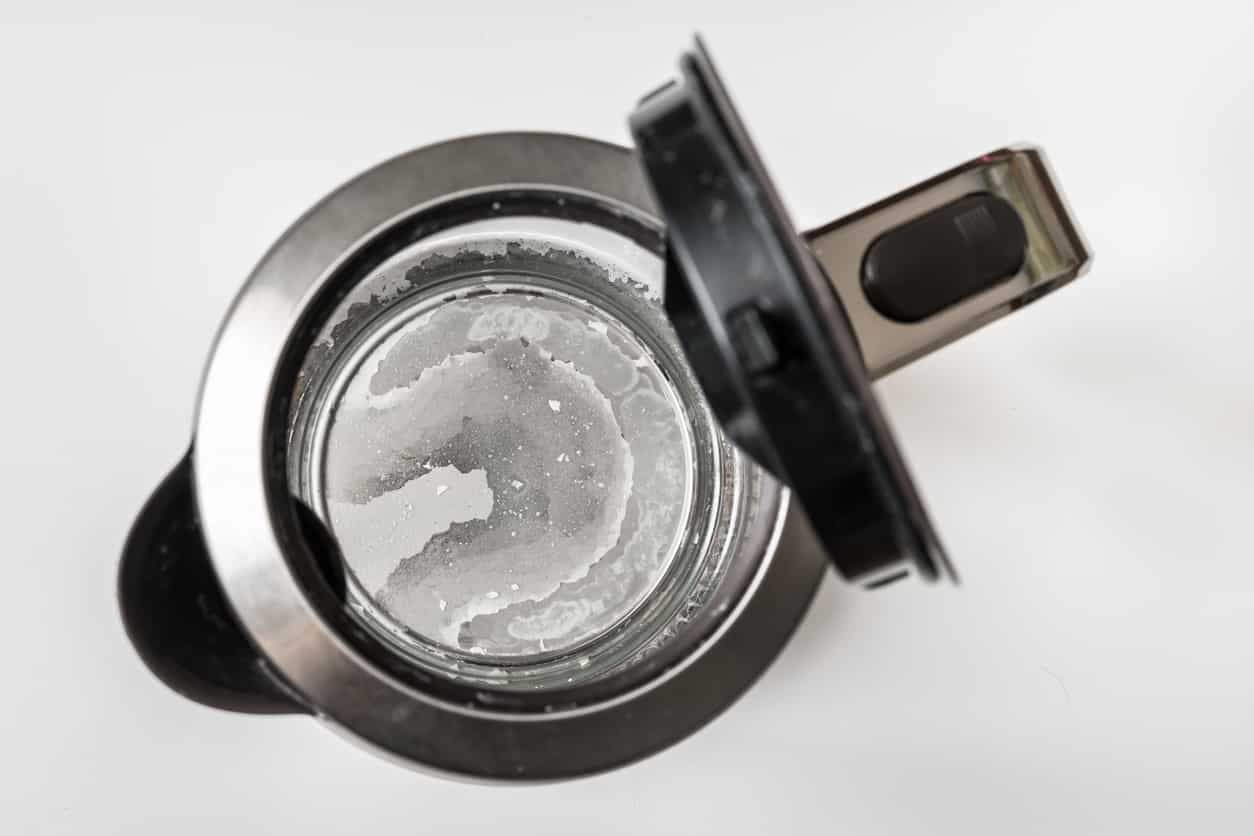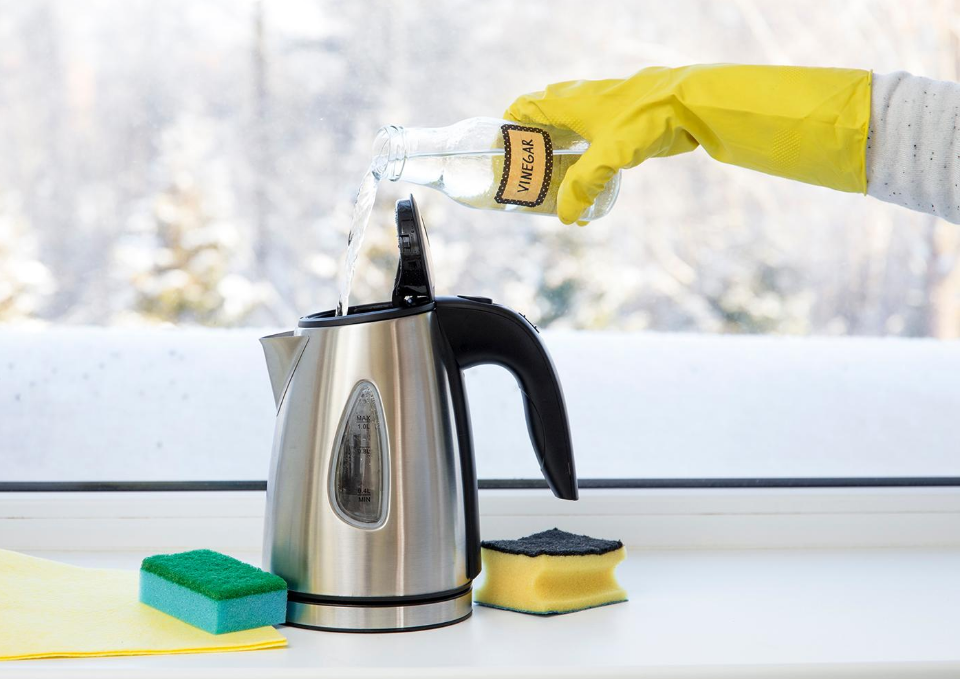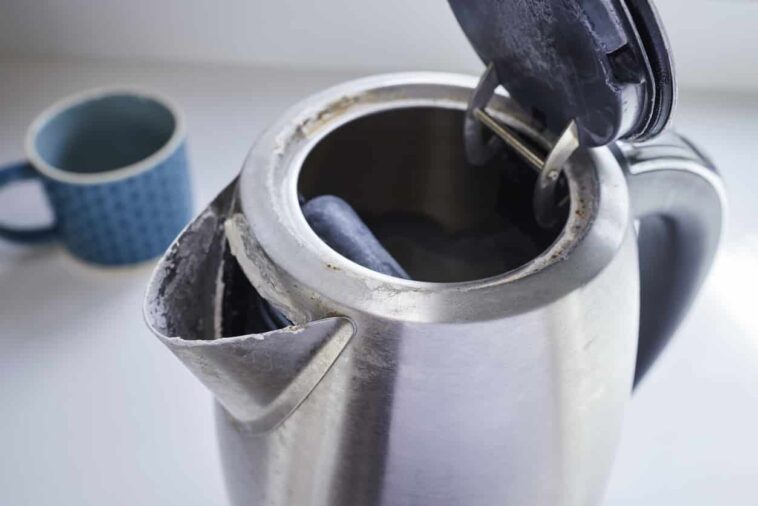When you’re a fan of tea or hot water bottles slipped under the sheets in winter, it’s difficult to do without a good kettle which can quickly become an everyday essential! The problem is that like any accessory that holds water, it quickly tends to become covered in scale. And as if that were not enough, we also quickly find all kinds of stubborn stains and various traces, very common in the kitchen, especially on heavily used appliances like this one. The question is therefore how to clean a kettle and how to descale it when limescale has taken up residence there, risking harming its performance and durability as well as the taste of the sweet beverages that are prepared with boiling water! Here are the right household products to use to carry out this household task to perfection.
How to prevent tartar from forming there?

To avoid having to use an anti-limescale product, the best thing to do is to take the initiative to prevent the formation of limescale deposits. To do this, start by avoiding leaving stagnant water at the bottom of the electric kettle after use. Otherwise, to avoid scale residue, you can also add a clean oyster or mussel shell to the bottom of the appliance. This will prevent the resistors from scaling.
How to descale a kettle?
Without preventive action, you will inevitably see whitish deposits forming over time, especially if the water is rich in limescale in your area. In this case, the most economical and ecological solution consists of use white vinegara natural anti-limescale agent that is very effective in this scenario. Simply fill the kettle with water and vinegar and bring to a boil. Then leave it on for at least 30 minutes for maximum effectiveness. You can do the same with lemon juice, whose citric acid is also anti-scalar.

Good to know: Some people also use Coca-Cola to descale their kettle. However, this method is less natural and the results are not guaranteed! It is therefore better to use vinegar directly…
How to clean a plastic kettle
For both the interior and exterior, you can use white vinegar or lemon juice. To avoid eating the plastic, you will nevertheless have to make sure to dilute them by half! Otherwise, opt for a gentler solution like the dishwashing liquid or clay stone.
How to clean a stainless steel kettle
Sink, appliances, etc. Stainless steel is everywhere and we know the song well: after three days after cleaning, we still find lots of fingerprints, water stains and other joys! To keep the kettle sparkling, however, you can gently rub it with a crumpled sheet of newspaper or a solution ofwater with baking soda poured onto a sponge. For more embedded dirt, clay stone applied in circular motions will work wonders. Finally, consider filing a few drops of olive oil on a soft cloth (microfiber cloth type) to polish and shine the stainless steel while removing small fingerprints.
What about cleaning a copper kettle?
Here again, you can recycle a crumpled sheet of newspaper into an improvised sponge to remove fingerprints. For greater cleaning, dilute soda crystals in hot water and use this mixture to clean your kettle. (Use gloves to protect your skin.) After rinsing, your kettle will have regained all its original shine!


